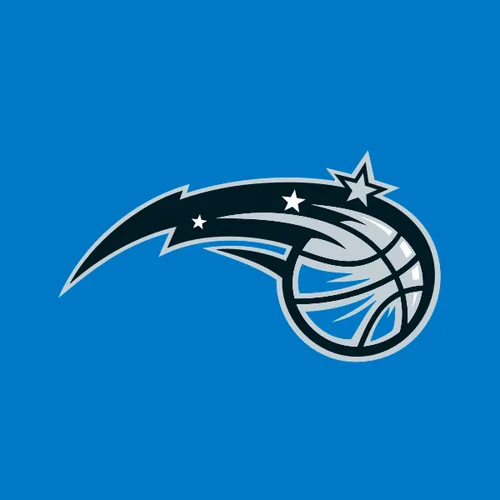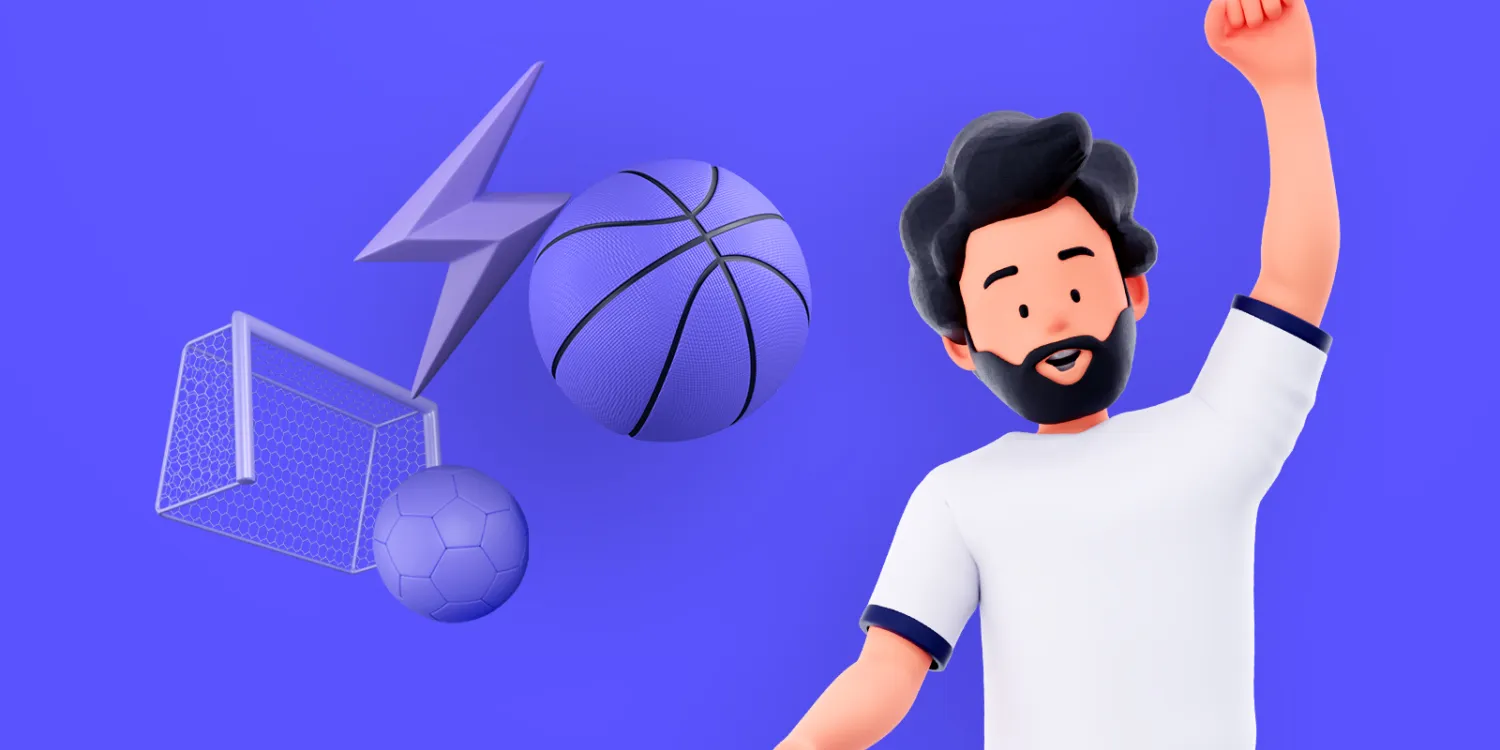







User Interface (UI) Jobs in the Sports Industry: A Quick Guide
Introduction
The sports industry is constantly evolving, with digital technology playing an increasingly significant role in how fans interact with their favorite teams and athletes. UI professionals are responsible for creating intuitive and visually appealing interfaces that enhance the user experience on sports-related websites, mobile apps, and other digital platforms. This guide will explore the various aspects of UI jobs in the sports industry, from the roles these professionals play to the skills required to excel in this field.
The Role of UI Professionals in the Sports Industry
UI professionals in the sports industry are responsible for designing and refining the visual elements of digital platforms that enable fans to access information, purchase merchandise, and interact with their favorite teams and athletes. They work closely with User Experience (UX) designers, developers, and other stakeholders to create seamless interfaces that facilitate a positive user experience. Key responsibilities include:
Collaborating with UX designers to develop user-centric interfaces
Designing and prototyping UI elements, such as buttons, icons, and navigation menus
Ensuring visual consistency across different platforms and devices
Implementing responsive designs that adapt to various screen sizes and resolutions
Testing and refining designs based on user feedback and analytics
Types of UI Jobs in the Sports Industry
The sports industry offers a variety of UI roles, ranging from entry-level positions to senior leadership roles. Some common job titles include:
UI Designer: Responsible for creating visually appealing interface elements and ensuring consistency across platforms.
UI Developer: Combines design skills with programming expertise to implement UI designs into functional interfaces.
UI/UX Designer: A hybrid role that involves both UI and UX design responsibilities, often found in smaller organizations or startups.
Senior UI Designer: Leads and mentors junior designers, develops design standards, and collaborates with stakeholders to shape product vision.
UI Design Manager: Oversees a team of UI designers and developers, manages projects, and ensures alignment with business goals.
Salary Expectations for UI Professionals in the Sports Industry
Salaries for UI professionals in the sports industry can vary based on factors such as experience, location, and company size. The following salary ranges are approximate and may differ based on the specifics of the job:
Entry-level: $45,000–60,000 USD per year
Junior-level: $60,000–75,000 USD per year
Intermediate-level: $75,000–90,000 USD per year
Senior-level: $90,000–120,000 USD per year
Essential Skills for Success in UI in the Sports Industry
To excel in the sports industry as a UI professional, it's crucial to develop a strong skillset that includes:
Proficiency in design tools, such as Sketch, Adobe XD, or Figma
Solid understanding of design principles, including layout, typography, and color theory
Knowledge of web and mobile design standards and best practices
Familiarity with programming languages like HTML, CSS, and JavaScript
Strong communication and collaboration skills, as UI professionals often work in multidisciplinary teams
An interest in and understanding of the sports industry, including trends and fan preferences
Tips for Landing a UI Job in the Sports Industry
Build a strong portfolio: Showcase your best work in a professional online portfolio to demonstrate your design skills and industry knowledge.
Network: Attend industry events, join online forums, and connect with professionals in the sports and UI design fields to expand your network and learn about job opportunities.
Develop your technical skills: Gain proficiency in relevant programming languages and design tools to make yourself a more attractive candidate.
Stay current with industry trends: Keep up-to-date with the latest developments in sports, technology, and design to demonstrate your passion and commitment to the industry.
Gain experience using Rebound: Look for internships or freelance projects to gain hands-on experience in UI design for sports-related projects.
Tailor your application: Customize your resume and cover letter to highlight relevant skills, experiences, and interests for each job you apply for.
Prepare for interviews: Research the company and its products, practice your responses to common interview questions, and be ready to discuss your portfolio and design process in depth.
Conclusion
The sports industry offers exciting opportunities for UI professionals who are passionate about creating engaging and user-friendly digital experiences for fans. By developing a strong skillset, staying current with industry trends, and networking with professionals in the field, you can increase your chances of landing a rewarding UI job in the sports industry. With the right combination of skills, experience, and determination, you can play a crucial role in shaping the future of sports technology and fan engagement.



























